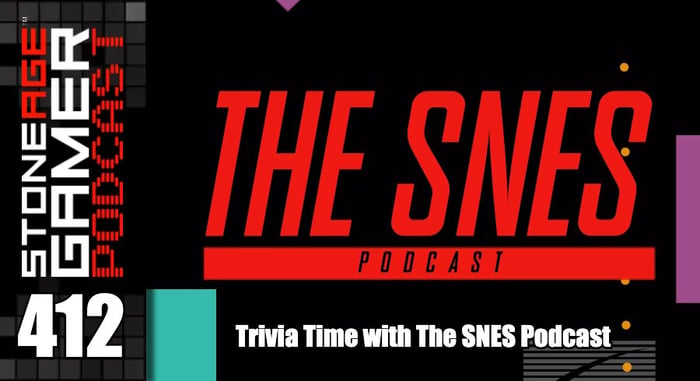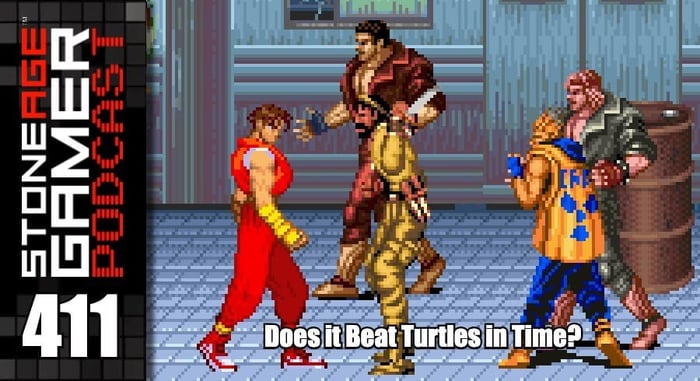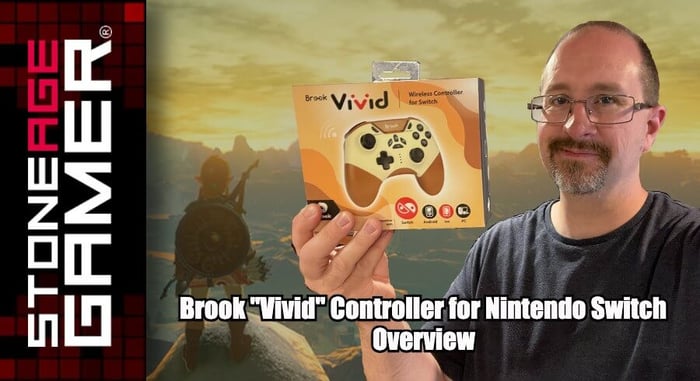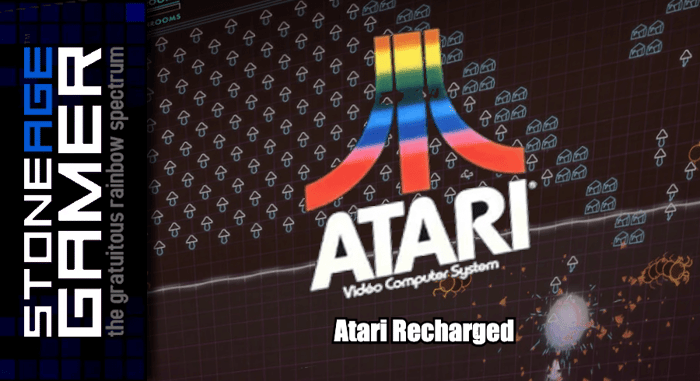
Atari Recharged
A Recharged Approach That Might Just Stick
Atari as a brand has been sort of a mess since the 80s. Once the undisputed king of the video game industry, Atari fell hard and continued to stumble for decades thanks to a number of buyouts, power restructurings, and bizarre business decisions. They seem to have found themselves an interesting little niche lately though, and with the release of their first actual original game in quite some time turning out surprisingly well, things might just be turning around for one of gaming’s most important legacy brands.

Back when Atari was the king of the hill in video games, games themselves were considerably more simple. Atari brought the world arcade hits like Asteroids and Missile Command. They revolutionized the home console market by popularizing the concept of interchangeable cartridges with their Atari 2600, and rose to even larger popularity by bringing other companies’ arcade hits home like Space Invaders and Defender in terrific forms. But the bottom fell out once the industry started growing beyond their control. Many of their best programmers left to form Activision. Warner Bros. bought the company and divided it up. They tried to hang on with the releases of the ahead of its time Lynx and the um… let’s say considerably less ahead of its time Jaguar, but neither really caught on and then they left the hardware business altogether.
They had a pretty good stint as a third party publisher for a while after being purchased by Infogrames from Hasbro where they published stuff like Splashdown and Enter the Matrix, but it wasn’t long before they fell into irrelevance once again.
A Fresh Start?
Atari started to break their pattern a few years ago once again by trying to make something of their brand in a number of cockamaime ways. Most notably was their infamous speaker hat, which was a baseball cap with a pair of speakers built into the brim so wearers could annoy everyone around them and look ridiculous at the same time.
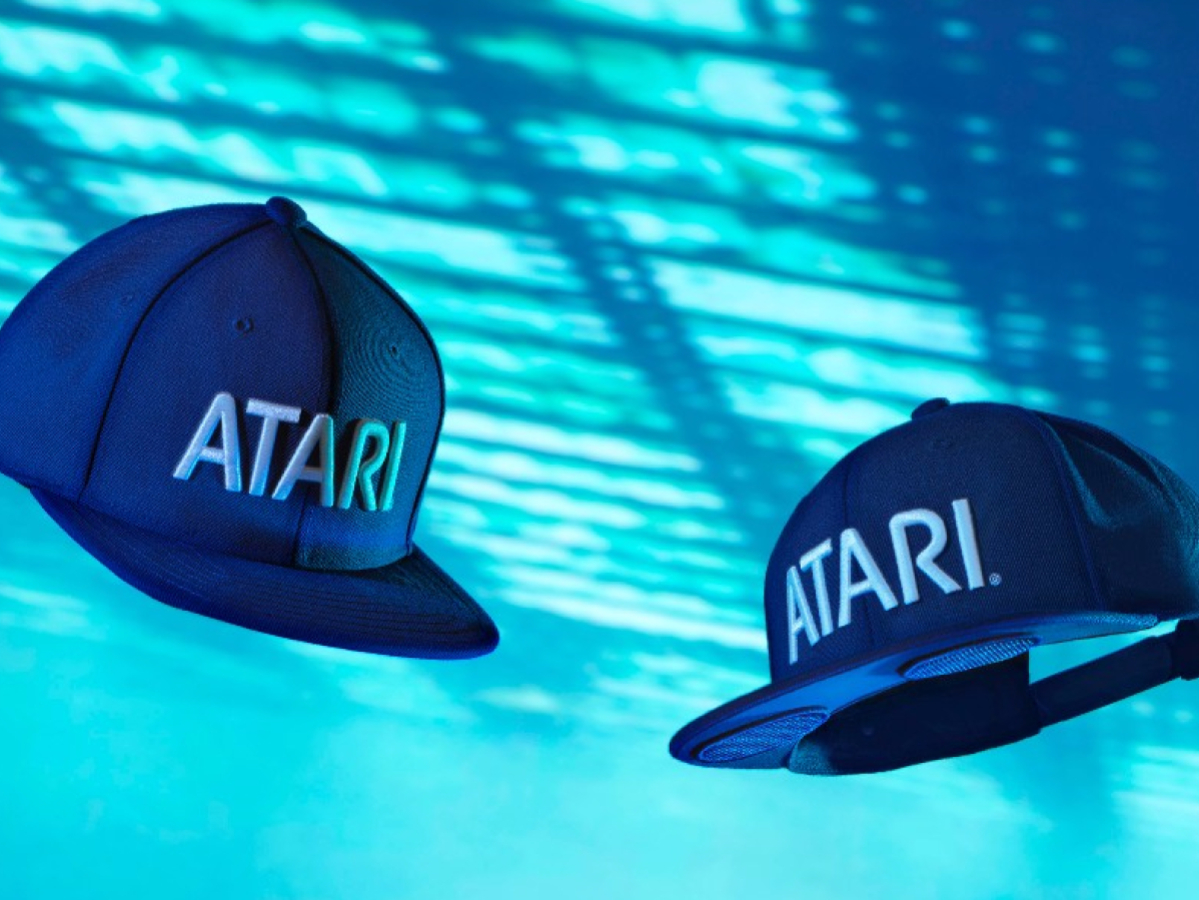
This relaunch culminated in a move that many thought was the latest in a string of vaporware scams, a project called Atari Box. This micro PC had an incredible look that was a throwback to the original Atari 2600 VCS design, but in a market packed to the brim with readily available machines that would basically do the same thing for less, it failed to grab much mainstream attention. It did, however, get enough to successfully complete their crowdfunding campaign, and following a rebranding from Atari Box to Atari VCS (a move that ticks me off to this day because there already is an Atari VCS, aka the 2600) they successfully launched the machine at retail, beating both former competitors Coleco and Intellivision to the punch. Amusingly enough, both the Coleco Chameleon and Intellivision Amico were at one point favored with better chances at success than Atari, with the VCS being the one that a lot of folks had the least chance of actually seeing the light of day. Funny how that worked out.
Anyway, as expected, the VCS didn’t make a ton of waves, but it was a neat little device for anyone willing to pony up the money to actually purchase one. Still, with such a small install base, it seemed unlikely that the VCS would be the thing that put Atari back on the map, especially since no matter how neat looking the VCS actually was, Atari was still at best a mere shadow of the company they used to be. The name wasn’t completely toxic, but it wasn’t exactly gold either.
Part of this arguably came from the fact that video games fundamentally changed following the US market crash of the 80s. When Atari was at its highest point, games were simple score chasers for the most part. There were some more ambitious projects like Adventure and the Swordquest games happening, but the shift to more complete home experiences over the pick up and play nature of a quarter munching arcade game left Atari’s specialty in the dust. Sure, the Jaguar had Tempest 2000, but that kind of game simply wasn’t a system seller anymore, and gamers were gearing up for the likes of Super Mario 64 and Final Fantasy VII.
What's Old is New Again
Now though? Games have sort of come full circle. With the advent of mobile games and digital downloads, simple pick up and play games like the kind of stuff Atari used to make have found a niche in the market, and indie developers have made great strides in making new experiences that channel that same spirit into a sustainable market that doesn’t have to compete against the likes of the latest AAA blockbuster.
The kinds of games Atari used to thrive at making are suddenly back in style, and Atari, after several failed attempts to bring their classic brands into the modern day, decided to take another stab at it with a new line of “Recharged” games.

They started simple with Missile Command Recharged, which was a pretty bare bones effort, but ultimately a fun one that kept the basic gameplay of the original intact while throwing a few modern spins on it. Its followup, Centipede Recharged, was where they really started taking off because it was a bit meatier of an experience. It worked the same way as Missile Command, taking the original concept and adding a modern spin on it with super cool retro-modern visuals, but they added a challenge mode that took the whole thing up to the next level. It still wasn’t incredibly deep, but it didn’t need to be. It was fun.
They continued releasing Recharged titles for Black Widow, Asteroids, Breakout, and most recently Gravitar, but these kinds of retro revivals aren’t sustainable. Eventually they’re going to run out of retro IP to “recharge. Fortunately, Atari also released a game called Kombinera, their first original IP in a very long time. Unlike their other non-recharged output, Kombinera isn’t just a forgettable mobile game. It fits the mold of Atari’s classics. It’s a little puzzle platformer-ish sort of game not too far removed from something like BoxBoy, and it’s really well done. It’s fun, it’s cool to look at, and it’s on Atari VCS as well as most other modern platforms.
Have You Played Atari Today?
Like I said, the Recharged games are great, but finite. A lot of the most popular Atari-published games from the 2600 era aren’t even theirs to “recharge,” like the aforementioned Space Invaders and Defender. So to see them release a game like Kombinera is something of a revelation. This is the modern form of what Atari games were best at, and if they can keep them coming, maybe they can maintain a nice little niche in the world of gaming after all.
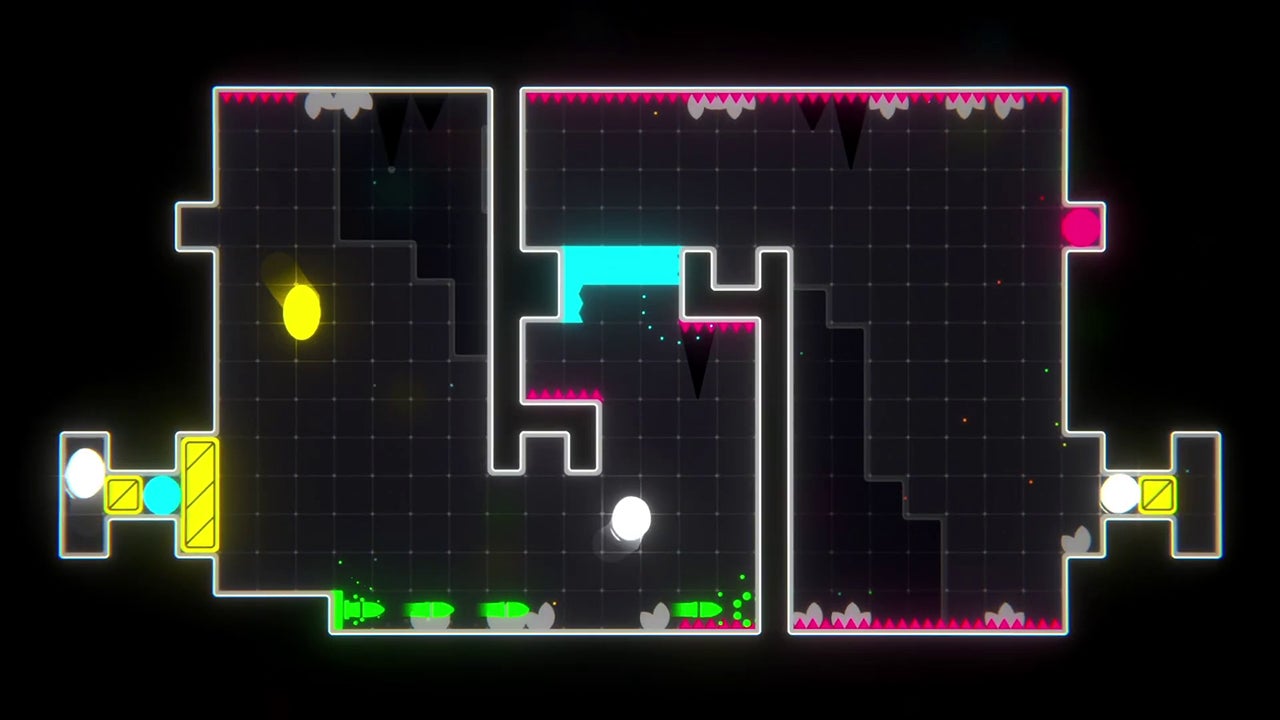
The Atari VCS is never going to be the next PlayStation, but it gets these games before the other platforms, so owners get a nice little bonus, and there’s a small yet dedicated community surrounding the machine. The VCS has been getting clearanced out of stores a lot lately, but maybe there’s an online market where they can continue to be sold by Atari themselves. Maybe the price will drop to a reasonable place more permanently, as the current MSRP is still completely bananas for a machine that does what the VCS does. But if they can keep this little momentum going and stop trying to make themselves into a global icon, maybe there’s a humble yet satisfying future for Atari. Kombinera might be a one-off, but it really impressed me, and as someone who has been a fan of the brand from the moment I understood the concept of what a video game was, it’s nice to have hope that Atari might find a new normal that doesn’t involve glitchy Matrix games and speaker hats.
Of course, then they go and announce some nonsense like AtariX, so what do I know?



